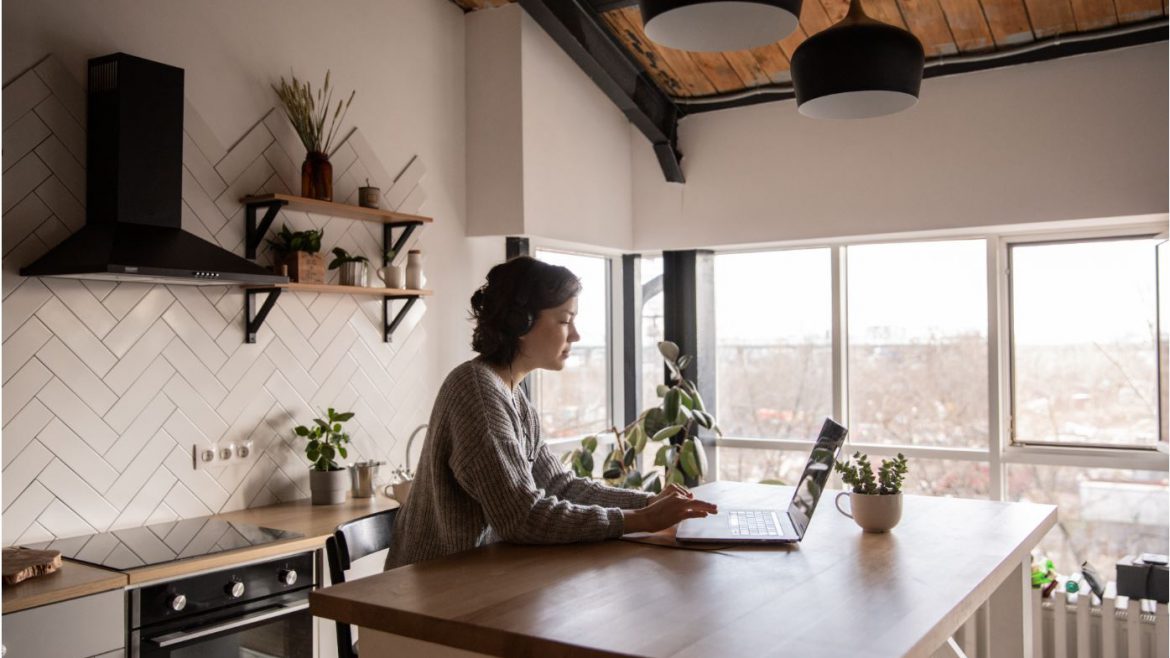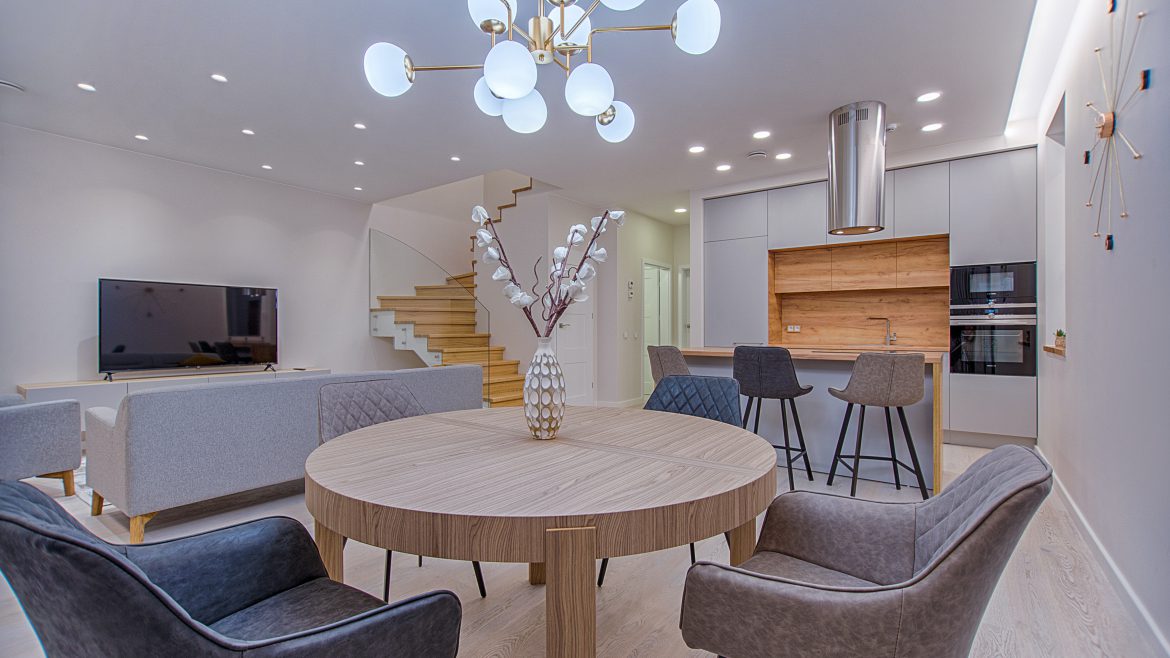Pandemic-driven home trends
https://imaginahome.com/wp-content/uploads/2021/02/Capture-1024x685.jpg 1024 685 Nisha Muire Nisha Muire https://secure.gravatar.com/avatar/09971b406125a2f92a37bf65b08fd3c3?s=96&d=mm&r=gIt is nearly a year since the pandemic forced Toronto residents to retreat to their homes. Over the past 12 months people have realized just how functional or not their home is based on having to use it as more than just their primary residence. Now that people are living and working from home, the merits of the newer floors plans have and design trends have come into sharp relief.
Open layouts
One of the most popular contemporary design trends of the past two decades has been the open-concept layout. Families who have been forced to work and study from home over the past year have discovered the drawback to not having private spaces. Those forced to share work space with a partner or their children have realized that having a room with a door is very important in our new reality. Although it will take a few years for more closed layouts to reappear, they are already in the beginning stages of new home construction development. Additionally, unless you have an immediate need for privacy due to your current work/living situation, there is no rush to install walls or doors in your home.
Home offices
Yes, now that so many of us are working from home, the need for a dedicated space to concentrate is crucial. Whether you already had a designated home office or were winging-it on the couch, the move towards a clean, integrated workspace is growing. Even if there isn’t a specific room for a home office, people are finding innovative ways to include a dedicated spot where they can leave their computers, files and anything else needed to be productive from home.
The importance of light
The other element of interior design that has become important now that so many of us are spending most of our days at home, is the amount of light and the quality of that light we get. Although having plenty of natural light is always ideal – full sunlight on your computer screen can be hard on the eyes. It also creates harsh lines on a person’s face that aren’t flattering for video conferencing. Ideal light includes diffused natural light, warm lighting and plenty of it – having sufficient light is crucial for your eyes. However, when creating a lighting design for your home and workspace, don’t forget to include lighting to help your creative juices flow. More ambient, atmospheric lighting can help you get into a more creative space if you need to flesh out or come up with ideas.
Sustainable furniture
The trend towards more sustainable furniture will pick up speed in 2021. People who are now spending most of their time at home have realized that furniture that lasts is worth investing in. Although there is a market for fast furniture, having something solid that will see you through for longer than a couple of years is having a bigger appeal lately.
While everyone will eventually design their home to suit their needs, it is clear that some trends are universal and will continue to gain in popularity the longer the pandemic persists.









